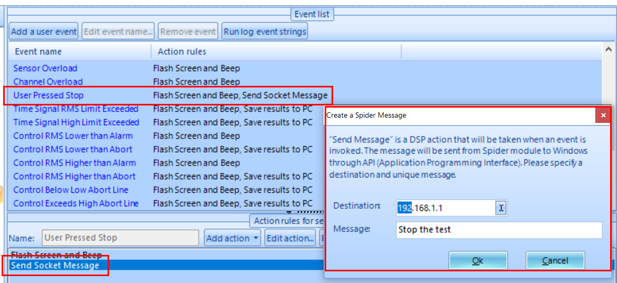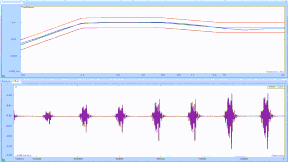A socket client can send messages to EDM and may receive data or an acknowledgment message as a reply. Users can configure the event-action rules of a vibration control system (VCS) test to send socket messages to a socket client when certain system events occur.
Read MoreCrystal Instruments is committed to the continuous innovation of our solutions and providing the best user experience possible. By adopting the latest developments in software technology, our team has developed a convenient modern aesthetic in addition to a feature-rich experience for Engineering Data Management (EDM) software, which serves the entire product line.
Read MoreBattery packs are one of the two main components relied on by Electric Vehicles (EV) for vital parameters such as speed, mileage, and torque. Hundreds or thousands of battery cells must be combined to provide the demanded voltage and current required to drive electric vehicles (EV).
Read MoreThe Ethernet connection interface is one of the most important features of the 4th generation Spider series vibration controller. It provides the flexibility of location, reduces noise and electrical interference, and uses one PC to monitor multiple controllers.
Read MoreEarthquakes are one of the most destructive forces of nature with the potential to cause devastating life and property losses. In addition to buildings and structures, equipment damaged by earthquakes may directly or indirectly generate hazards for people or the environment. For the safety of employees and the public, equipment designed to perform safety measures (e.g. shut down a reactor) or to function under certain levels of earthquakes for specified periods of time should pass a seismic qualification or a verification of earthquake resistance.
Read MoreEngineering Data Management (EDM) is the software platform supporting all Crystal Instruments products. It is the center of testing and data management for carrying out daily operations. Crystal Instruments is expending relentless efforts to provide the best user experience possible.
Test configurations always involve a large quantity of parameters to setup. In addition, many signals and run logs are saved after each test run. To organize such a large quantity of information and to increase efficiency in the process, EDM is powered by a database structure supporting all types of libraries. EDM software keeps run histories of all tests, which can be searched in a single list. Signals are easily reviewed and compared.
Read MoreRandom control is a fundamental vibration testing for various industries and manufacturers of products. The FFT based control algorithm transforms time signals to the frequency domain where analysis, calculation, comparison…average, (etc.) are done. The performance of Random control is determined by how well the FFT describes the system characteristics. Proper spectrum resolution must be chosen in order to avoid missing any desirable observations and to meet the requirement of the control performance.
Read More








